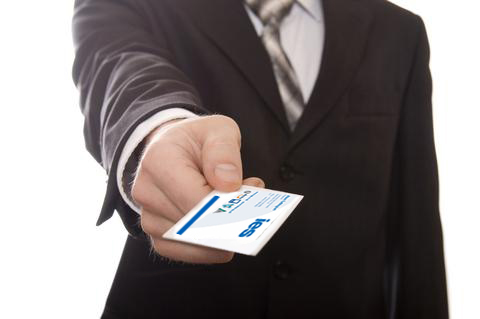Il congresso tratta di argomenti specifici della disciplina ed è indirizzato agli specialisti del settore e a tutti gli anestesisti che si approcciano saltuariamente alle problematiche della chirurgia toracica.
L’edizione di quest’anno tratterà degli effetti delle tecniche di anestesia e in particolare degli anestetici generali sulle attività infiammamatoria e ossido-riduttiva che influenzano lo stato del parenchima polmonare del polmone non-dipendente, sottoposto a resezione polmonare, e del polmone dipendente soggetto a ventilazione monopolmonare. La seconda parte sarà dedicata alla broncoscopia diagnostica e interventistica dentro e fuori la sala operatoria e parlerà di tecniche di anestesia e sicurezza del paziente








